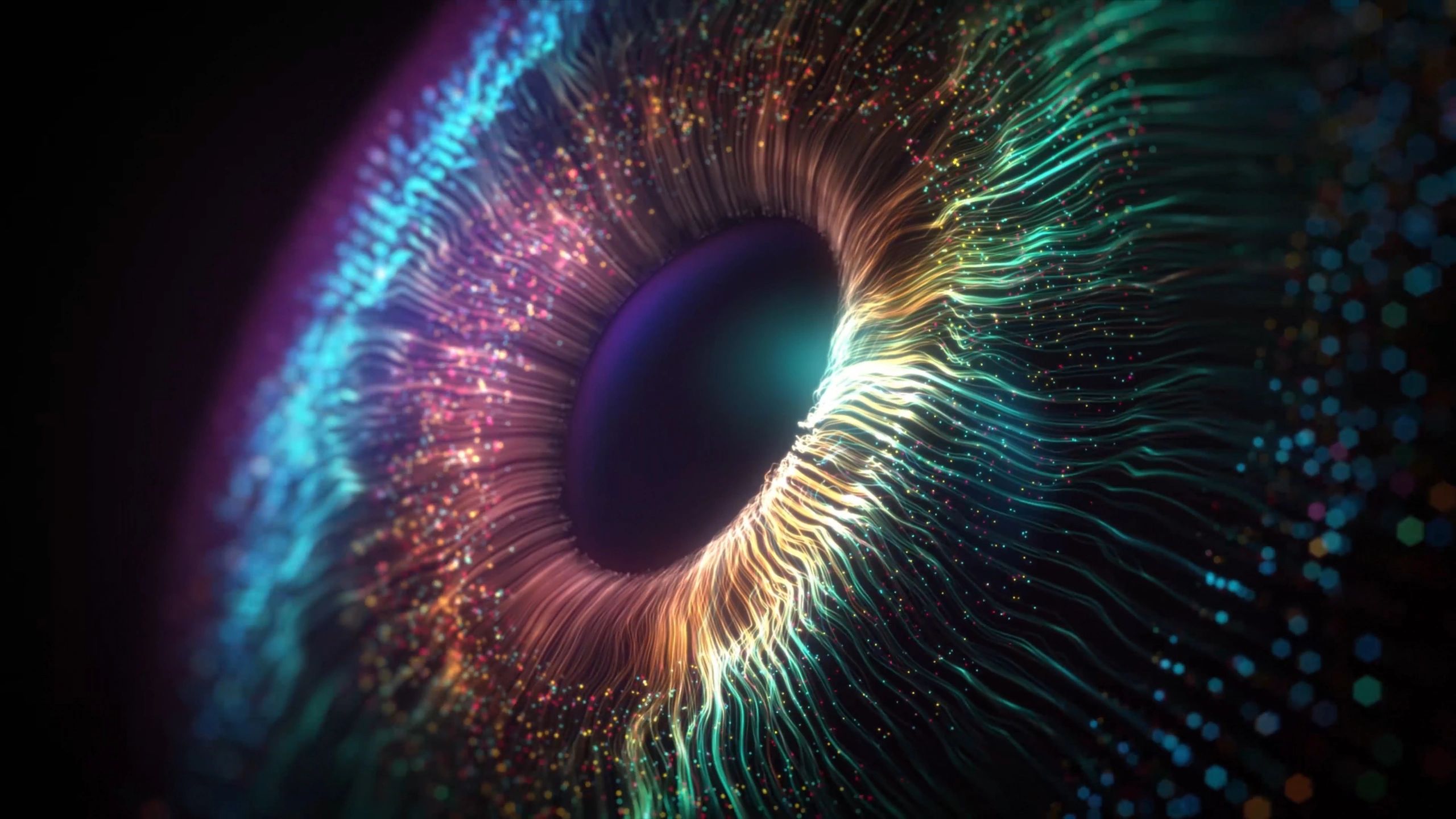
IS WOO-WOO REAL?
GNOSTIC REALISM
The "knowledge of spiritual mysteries" that gnosis refers to is a pragmatic explanation for emergent pattern recognition (EPR).
EPR is a human's ability to intuitively recognize irreducible, emergent patterns.
Insights from EPR are hard to express within the constraints of finite language and reductionist science.
BRIDGING CONCEPTS

GNOSTIC INTUITION (EPR)
GNOSTIC INTUITION (EPR)
GNOSTIC INTUITION (EPR)
The connection between spiritual gnosis and emergent pattern recognition lies in their shared foundation: intuition.
From this perspective, what is often called spiritual insight is simply a human capacity to recognize complex, emergent phenomena in ways that defy conventional explanation.
The lesson that humanity seems to keep forgettin
The connection between spiritual gnosis and emergent pattern recognition lies in their shared foundation: intuition.
From this perspective, what is often called spiritual insight is simply a human capacity to recognize complex, emergent phenomena in ways that defy conventional explanation.
The lesson that humanity seems to keep forgetting is that a lack of an explanation isn't a lack of value- it just creates more of a headache for those who dictate their lives via perceptions of control.

REDUCED BEYOND REALITY
GNOSTIC INTUITION (EPR)
GNOSTIC INTUITION (EPR)
Humanity currently operates within a reduced reality as mandated by a reductionist & retributive legal system ruled by corporate oligarchy.
The foundation of how our society operates makes what can be defined and empirically proven exponentially more important than anything that must be intuitively inferred.
Humans are intuitive creatures a
Humanity currently operates within a reduced reality as mandated by a reductionist & retributive legal system ruled by corporate oligarchy.
The foundation of how our society operates makes what can be defined and empirically proven exponentially more important than anything that must be intuitively inferred.
Humans are intuitive creatures and our understanding exponentially exceeds our reduced knowledge. Reductionism based realism has discredited reality and dismisses any arguments that point out its blind spots.

CONTEXTUALLY PRAGMATIC
GNOSTIC INTUITION (EPR)
CONTEXTUALLY PRAGMATIC
By acknowledging human intuition as the common thread between mystical explanations and what can now be described as emergent pattern recognition (EPR), we can use each contextually.
Traditional mystical and spiritual explanations aren't things that need to be "disproven" by science, but instead serve as a guiding star for our emergent pat
By acknowledging human intuition as the common thread between mystical explanations and what can now be described as emergent pattern recognition (EPR), we can use each contextually.
Traditional mystical and spiritual explanations aren't things that need to be "disproven" by science, but instead serve as a guiding star for our emergent pattern recognition.
Any insights can still be teased into falsifiable claims for empirical testing.
NEED AN EMERGENT EPISTEMOLOGY?
EXPLORING GNOSTIC REALISM

EMERGENT PATTERN RECOGNITION (EPR)
Gnostic realism is the belief that spiritual insights are the fruits of advanced emergent pattern recognition (EPR) and expressing infinite complexities via constrained languages and frameworks.
This doesn't necessarily validate spiritual interpretations as much as it explains their existence as primitive explanations of real phenomena.

SUBCOGNOSIS
A substantial amount of emergent pattern recognition occurs subconsciously in order to even provide us with a conscious experience.
Subcognosis refers to the insights that we take for granted as "obvious" or "common sense" but are really from subconscious EMR that hasn't been empirically tested.

COMPROMISING OBJECTIVITY
When assessing the viability of conjectures, observing phenomena, and drawing conclusions, scientists may unknowingly rely on subcognostic insights.
By obscuring these underlying biases, subcognosis leads science to become a tool that inherently favors reinforcing current paradigms over the genuine pursuit of the best available truth.
UNDERSTANDING GNOSTIC INSTINCT
BEYOND THE MIND
NERVOUS SYSTEM INTERFACE
NERVOUS SYSTEM INTERFACE
Subconscious emergent processing within the body and mind perceives patterns and signals that escape conscious awareness.
This vast, unseen network of insights influences our subjective experience through the nervous system, manifesting as emotions that seem disconnected from external stimuli.
These emotions are not mere reactions but intuitive messages shaped by the unseen complexities of emergent reality.
NERVOUS SYSTEM INTERFACE
NERVOUS SYSTEM INTERFACE
NERVOUS SYSTEM INTERFACE
Our nervous system bridges the gap between subconscious emergent processing and conscious experience.
Insights picked up beyond cognitive awareness translate into sensations and emotions, often labeled as irrational or intrusive.
Gnostic realism reframes these as essential feedback, providing an instinctive map of truths our conscious mind cannot yet articulate.
EMOTIONAL INSIGHT
NERVOUS SYSTEM INTERFACE
EMOTIONAL INSIGHT
The emotions we resist—fear, unease, or inexplicable excitement—often stem from subconscious emergent recognition of patterns or possibilities our cognition has yet to process.
Rather than running from these feelings, gnostic realism encourages engaging with them as echoes of deeper truths, offering a path to greater understanding of the complex reality we inhabit.
EMBRACING GNOSTIC REALISM
ADMIT IT EXISTS
First and foremost, we need to recognize the reality of emergent pattern recognition and gnostic insights. We cannot effectively manage something that we deny the existence of.
AUDIT SCIENCE MORE OPENLY
Recognizing subcognosis as a fundamental component of the cognitive human experience, we must do a better job of auditing science and insights derived from science for bias.
LEVERAGING GNOSTICS
The additional headache in analytical science is a small price to pay for the benefits of embracing emergent pattern recognition as a valuable human skill.
Copyright © 2025 Das Niel
This website uses cookies.
We use cookies to analyze website traffic and optimize your website experience. By accepting our use of cookies, your data will be aggregated with all other user data.